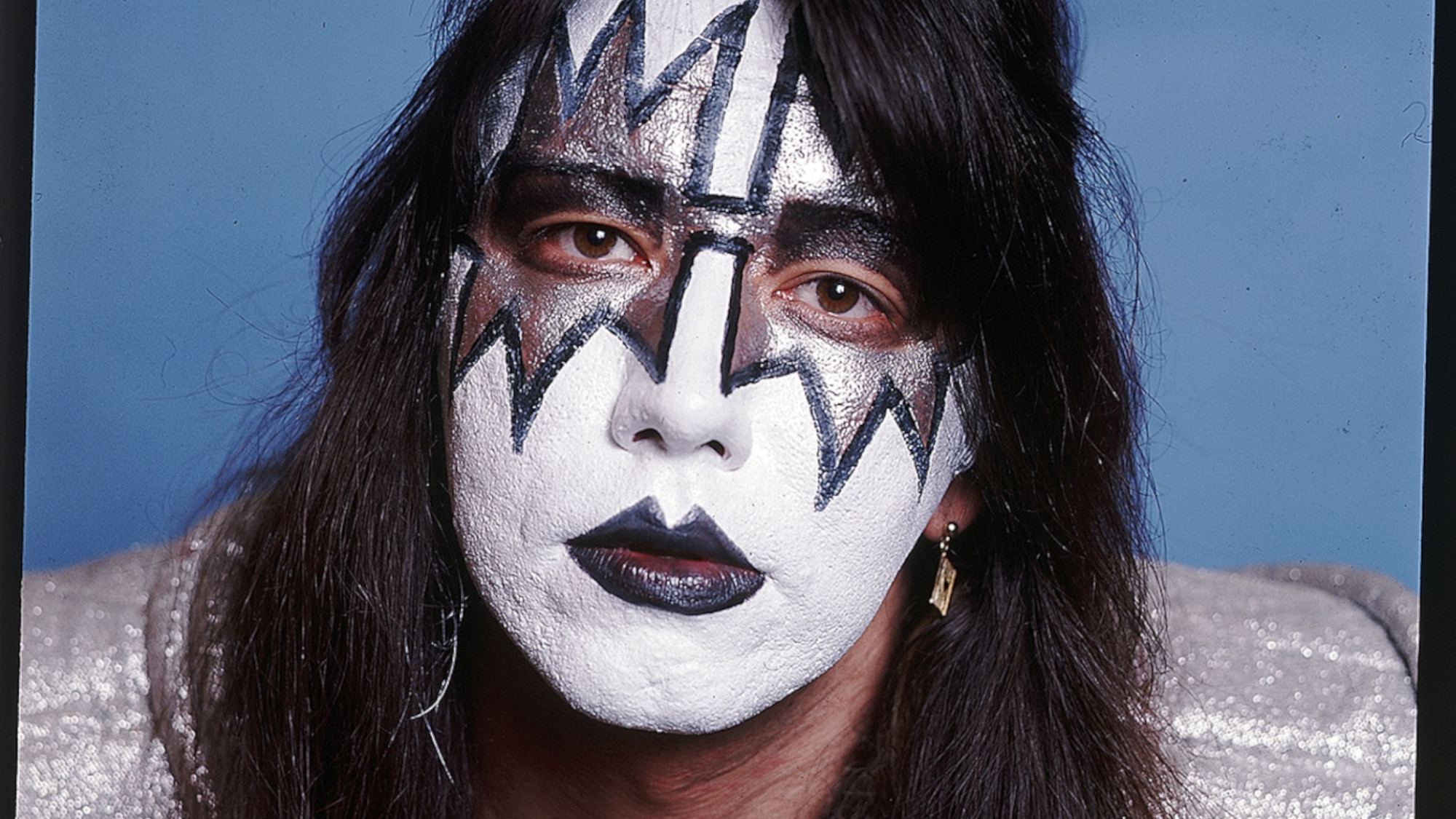Lena Horne, 1917–2010
The sultry singer who broke racial barriers
“My life has been about surviving,” Lena Horne once said. “Along the way I also became an artist.” Indeed, the legendary performer’s silky, sophisticated vocals and rare beauty took her on a pathbreaking career that confounded racial stereotypes—from Harlem’s Cotton Club to Hollywood and the Broadway stage.
A descendent of slaves, Native Americans, and a U.S. vice president—the virulent slavery advocate John C. Calhoun—Lena Mary Calhoun Horne’s “striking beauty and magnetic sex appeal often overshadowed her sultry voice,” said the Associated Press. But it was her exotic looks that opened the door to show business. Born into a middle-class Brooklyn, N.Y., family, Horne’s paternal grandmother was a college graduate and an early civil-rights proponent. Her father, a civil servant and gambler, “largely abandoned the family,” said The Washington Post. Horne then bounced primarily between her actress mother and grandmother. At 16, “Horne was pushed into a job at the Cotton Club by her mother, who knew the Harlem nightclub’s choreographer.” Wearing three large, strategically placed feathers, she danced in the chorus for the iconic club’s white patrons behind Cab Calloway and other black acts.
Horne married a friend of her father’s at 19 and gave birth to two children. But the marriage faltered and she soon returned to show business. While job hunting, she “heard what was to be a career-long refrain,” said The Philadelphia Inquirer. “She wasn’t anyone’s idea of a ‘black’ entertainer. She wasn’t dark-skinned. She didn’t sing the blues. And she didn’t swing, though she learned to.” Bandleader Charlie Barnet hired her in 1940, making her “one of the first black performers to sing with a white band.” After leaving Barnet’s band, she performed at New York’s famed Café Society, cementing her reputation.
The Week
Escape your echo chamber. Get the facts behind the news, plus analysis from multiple perspectives.

Sign up for The Week's Free Newsletters
From our morning news briefing to a weekly Good News Newsletter, get the best of The Week delivered directly to your inbox.
From our morning news briefing to a weekly Good News Newsletter, get the best of The Week delivered directly to your inbox.
She soon moved to Los Angeles, where Horne wowed the audience at a Sunset Strip club and was signed to a seven-year deal with MGM, said the Los Angeles Times, at a time “when no other blacks were under long-term contracts.” Her contract ruled out playing a maid—then the primary role for black actresses. Wearing an elegant gown as she sang, Horne became a new kind of black star in song-and-dance extravaganzas like Ziegfeld Follies and MGM’s all-black Stormy Weather, which provided her signature song. But a rocky relationship with MGM was further complicated by racial politics and leftist associations—she claimed to have been blacklisted—and hastened her move back to live performances and to occasional television appearances.
She married white composer Lennie Hayton in Paris in 1947, though, fearing repercussions, they kept it secret for three years. Hayton died in 1971, shortly after Horne’s father and son, Teddy, both died, leading her to retreat from public life. But she eventually returned to performing, and her biographical 1981 Broadway hit Lena Horne: The Lady and Her Music earned Horne a Tony Award at age 63. “I wouldn’t trade my life for anything,” Horne said, “because being black made me understand.”
A free daily email with the biggest news stories of the day – and the best features from TheWeek.com
-
 Political cartoons for January 4
Political cartoons for January 4Cartoons Sunday's political cartoons include a resolution to learn a new language, and new names in Hades and on battleships
-
 The ultimate films of 2025 by genre
The ultimate films of 2025 by genreThe Week Recommends From comedies to thrillers, documentaries to animations, 2025 featured some unforgettable film moments
-
 Political cartoons for January 3
Political cartoons for January 3Cartoons Saturday's political cartoons include citizen journalists, self-reflective AI, and Donald Trump's transparency
-
 Joanna Trollope: novelist who had a No. 1 bestseller with The Rector’s Wife
Joanna Trollope: novelist who had a No. 1 bestseller with The Rector’s WifeIn the Spotlight Trollope found fame with intelligent novels about the dramas and dilemmas of modern women
-
 Frank Gehry: the architect who made buildings flow like water
Frank Gehry: the architect who made buildings flow like waterFeature The revered building master died at the age of 96
-
 R&B singer D’Angelo
R&B singer D’AngeloFeature A reclusive visionary who transformed the genre
-
 Kiss guitarist Ace Frehley
Kiss guitarist Ace FrehleyFeature The rocker who shot fireworks from his guitar
-
 Robert Redford: the Hollywood icon who founded the Sundance Film Festival
Robert Redford: the Hollywood icon who founded the Sundance Film FestivalFeature Redford’s most lasting influence may have been as the man who ‘invigorated American independent cinema’ through Sundance
-
 Patrick Hemingway: The Hemingway son who tended to his father’s legacy
Patrick Hemingway: The Hemingway son who tended to his father’s legacyFeature He was comfortable in the shadow of his famous father, Ernest Hemingway
-
 Giorgio Armani obituary: designer revolutionised the business of fashion
Giorgio Armani obituary: designer revolutionised the business of fashionIn the Spotlight ‘King Giorgio’ came from humble beginnings to become a titan of the fashion industry and redefine 20th-century clothing
-
 Ozzy Osbourne obituary: heavy metal wildman and lovable reality TV dad
Ozzy Osbourne obituary: heavy metal wildman and lovable reality TV dadIn the Spotlight For Osbourne, metal was 'not the music of hell but rather the music of Earth, not a fantasy but a survival guide'